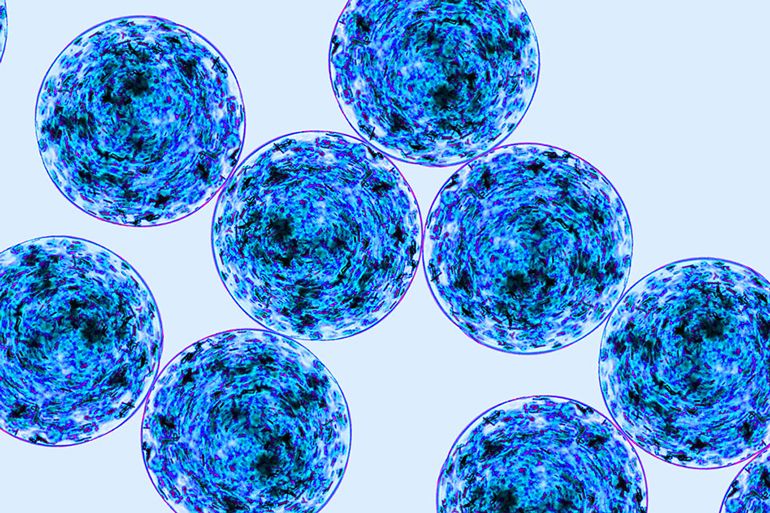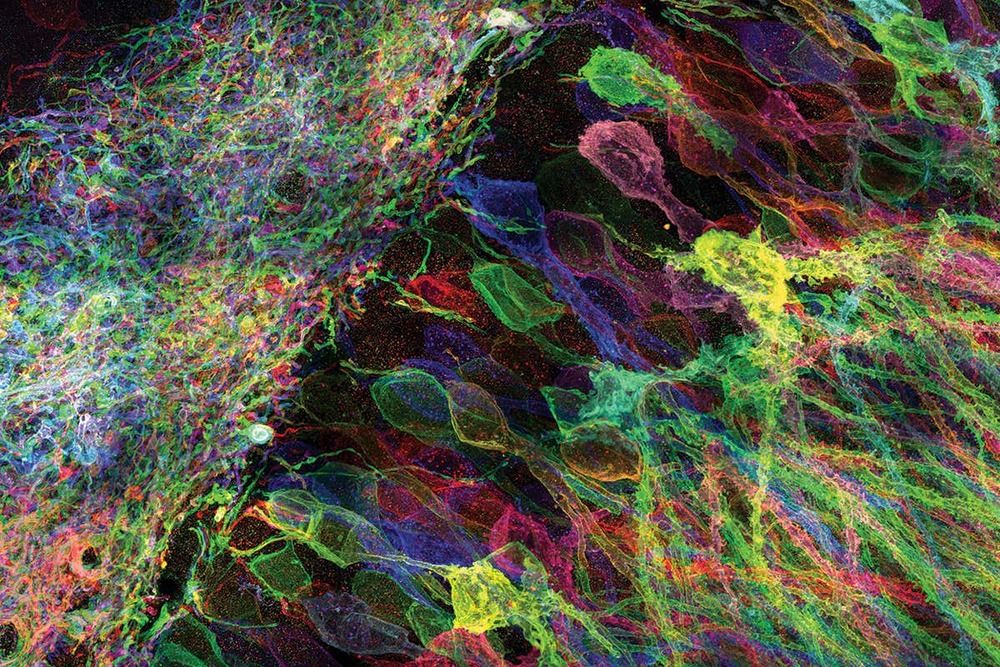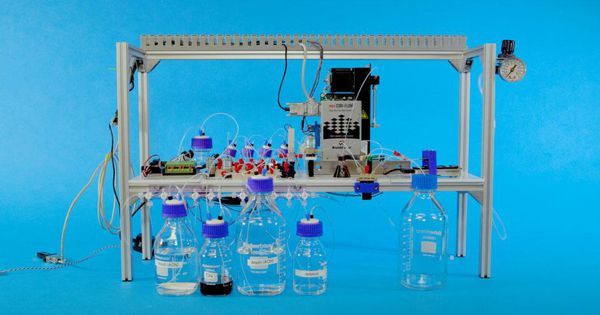Integrated Health Systems advances in the healthcare industry with the latest Gene Therapy techniques for your healthy longevity.
Page 8839
Aug 14, 2019
Crystallized Drugs to Protect Implants from Immune Attack
Posted by Paul Battista in categories: biotech/medical, innovation
Heart & Diabetes Conference is delighted to welcome you at the “International Conference on Heart & Diabetes” scheduled on August 19–20, 2019 at Osaka, Japan based on the Theme “Innovations Of New Treatment In Diabetes & Heart Diseases”.
Heart & Diabetes Conference 2019 targets to carry out multidisciplinary research in Diabetes & Heart Diseases. Our main motto is to highlight the innovative treatments which are involved for cure of these Diseases.
Continue reading “Crystallized Drugs to Protect Implants from Immune Attack” »
Aug 14, 2019
Neuroscientist Ed Boyden is decoding the brain with the power of light
Posted by Quinn Sena in categories: materials, neuroscience
Understanding the workings of our minds is one of science’s greatest challenges. With the help of flashing lights and materials used in diapers, we could find out what thoughts are made of.
Aug 14, 2019
DNA Data Storage Is About To Go Viral
Posted by Quinn Sena in categories: biotech/medical, robotics/AI
With a “hello,” Microsoft and UW demonstrate the first fully-automated DNA data storage and retrieval system. Photo: Microsoft.
Aug 14, 2019
Neuroscientists decode brain speech signals into written text
Posted by Quinn Sena in categories: biotech/medical, neuroscience
When Stephen Hawking wanted to speak, he chose letters and words from a synthesiser screen controlled by twitches of a muscle in his cheek.
But the painstaking process the cosmologist used might soon be bound for the dustbin. With a radical new approach, doctors have found a way to extract a person’s speech directly from their brain.
The breakthrough is the first to demonstrate how a person’s intention to say specific words can be gleaned from brain signals and turned into text fast enough to keep pace with natural conversation.
Aug 14, 2019
Carnegie Mellon team flexes hacking prowess with fifth DefCon title in seven years
Posted by Quinn Sena in category: cybercrime/malcode
PITTSBURGH, Aug. 12, 2019 /PRNewswire/ — Carnegie Mellon University’s competitive hacking team, the Plaid Parliament of Pwning (PPP), just won its fifth hacking world championship in seven years at this year’s DefCon security conference, widely considered the “World Cup” of hacking. The championship, played in the form of a virtual game of “capture the flag,” was held August 8–11 in Las Vegas.
PPP now holds two more DefCon titles than any other team in the 23-year history of DefCon hosting the competition.
“If you’re wondering who the best and brightest security experts in the world are, look no further than the capture the flag room at DefCon,” says David Brumley, a professor of Electrical and Computer Engineering at Carnegie Mellon, and the faculty advisor to the team.
Aug 14, 2019
Hackers Take on DARPA’s $10 Million Voting Machine
Posted by Quinn Sena in categories: government, security
For the last two years, hackers have come to the Voting Village at the Defcon security conference in Las Vegas to tear down voting machines and analyze them for vulnerabilities. But this year’s village features a fancy new target: a prototype of a so-called secure voting machine, created through a $10 million project at the Defense Advanced Research Projects Agency. You know it better as DARPA, the government’s mad science wing.
Aug 14, 2019
6 Extinct Animals That Could Be Brought Back to Life
Posted by Quinn Sena in category: existential risks
There are some extinct species — such as the woolly mammoth, shown above — that may be brought back to life if scientists can overcome some practical hurdles and thorny ethical questions. This gallery shows six of the species that researchers talked about reviving at a March 2013 forum called TEDxDeExtinction in Washington, D.C.
This photo shows a museum worker inspecting a replica of a woolly mammoth.
Thylacines, or Tasmanian tigers, were found throughout most of the Australian island of Tasmania before Europeans settled there in 1803.
Aug 14, 2019
Phoenix Earthship features a food garden and jungle in off-grid fashion
Posted by Quinn Sena in category: food
The Phoenix Earthship is a self-sustaining microclimate that features a fish pond, jungle, turtles, birds, a chicken coop and off-grid lodgings. See more.
Aug 14, 2019
Sony Patent: Contact Lenses Taking Pictures and Recording Videos When You Blink — With Nicola Tesla Technology
Posted by Quinn Sena in category: nanotechnology
We can probably all agree on one thing: that technological gadgets are becoming smaller and smaller by the day. Now, contact lenses are getting smarter – well soon – and all thanks to nanotechnology.


















